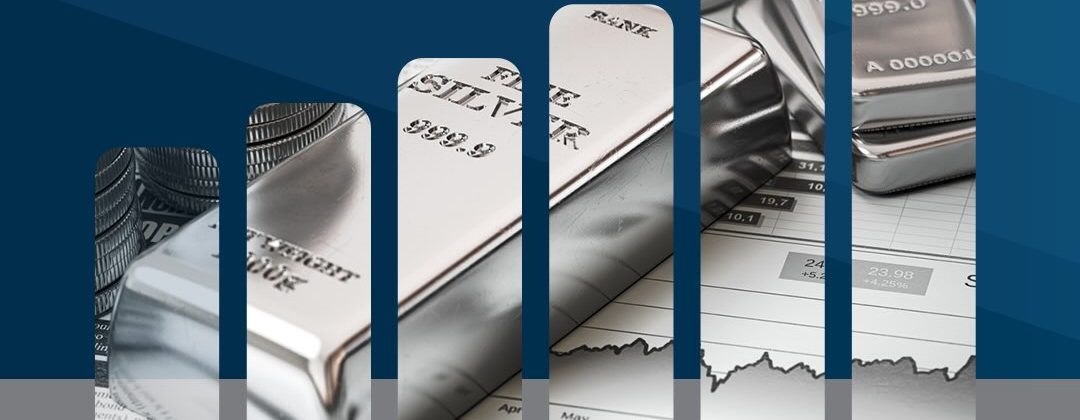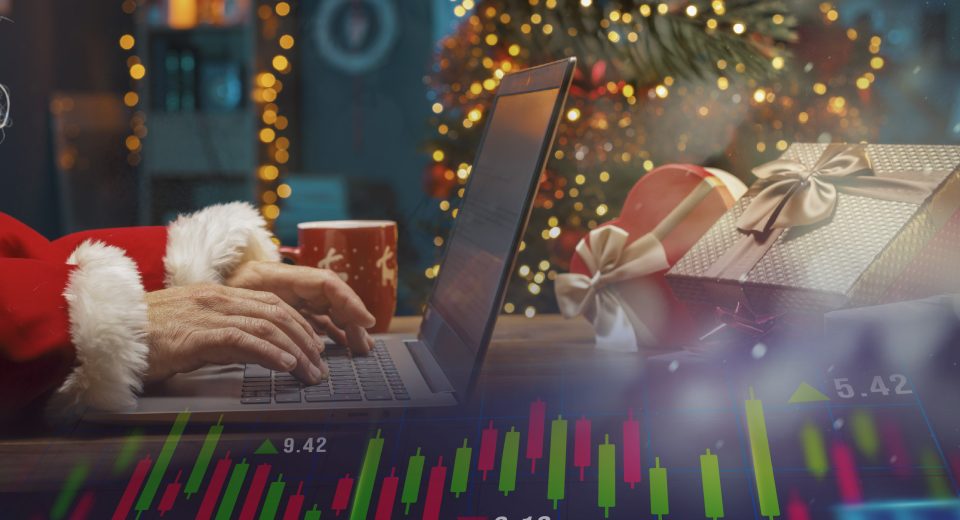Why Silver Has Gained Popularity Among Traders?

Analysts expect the price of silver to continue to rise in the coming years, forecasting that the precious metal could be worth $80 per ounce by 2035. The reason for such optimism is that silver is not just a store of value but also has multiple applications across industries. This makes it a valuable metal for the global economy and therefore desirable for investors and traders. The finite supply of the precious metal only adds to its value. In addition, gold and silver are used as a hedge against inflation, as witnessed during the uncontrolled inflation raging globally in the aftermath of the Covid pandemic.
What’s Pushing Silver Demand?
Silver has diverse applications due to its unique properties, which drives its demand. In fact, the demand of the metal for industrial applications and jewellery and silverware production is expected to rise by 42% between 2023 and 2033. Here’s a look at the factors driving demand for silver.
Jewellery
India was the main driver of demand for silver in jewellery production is expected to rise by 34% through 2033 while demand for metal in silverware fabrication is likely to grow 30% during the same timeframe. In addition, the rising price of gold, driven by continuing geopolitical tensions and economic uncertainties worldwide, has also been helping push the popularity of the relatively cheaper safe-haven metal.
Cleaner Energy
On average, a solar panel contains 0.643 ounces (20 grams) of silver, around 3.2 to 8 grams per m2. Silver is the best conducting element, which makes it ideal for use in green technologies, including solar batteries, green-fuel cars, 5G towers, and power generation and distribution mechanisms. Industrial demand for the white metal has snowballed with the global stress on cleaner energy sources and energy usage optimization.
Electronic Devices
Silver is a crucial element for high-speed electric switches that power all modern gadgets, from smart watches and mobile phones to supercomputers. Due to its malleability and ductility, it is extensively used in printed circuits and a/v components, making them more efficient and lighter.
Medicine
Silver is popularly used for dental fillings. But that is not only its only use in medicine. Its antimicrobial properties have made it the most suitable material for coating and dressing on surgical equipment, wound care, bone prostheses, reconstructive orthopaedic surgery, cardiac devices, catheters, bandages and ointments.
Smaller Market
Silver has a much smaller market but wider industrial applications than other precious metals. Therefore, when capital flows, this valuable commodity grows more rapidly, registering higher percentage gains than others. This was demonstrated by the post-Covid rally in the shiny metal.
Which is Better for Portfolio Diversification: Silver or Gold?
Silver and gold have demonstrated a strong positive correlation since the late 1970s. Yet, their price range has significant differences. The reason for silver seeing steadier demand gains in the 21st century is that 69% of it goes into industrial use while only 12% of gold is used for industrial applications. Silver is a quasi-industrial metal that shares a strong correlation with the Chinese economy. The Chinese government is taking stringent measures to stimulate growth and build investor confidence in the private sector, which lends hope for silver as well.
Trading Silver
Traders can gain exposure to silver via diverse methods:
Bullion
Investing in bullion silver is one of the oldest ways to take advantage of volatility in silver price. However, storing this precious metal securely can be challenging. Further, the high cost of storage and poor-value-to-weight ratio makes it an impractical option. Additionally, the bullion market is the least regulated, making it risky.
CFDs on Silver
The biggest advantage of trading CFDs is that they allow speculation in both rising and falling markets, which is a huge plus for a commodity with high volatility. Further, the availability of margin trading reduces entry barriers. However, leverage amplifies both profit and loss potential. Experienced traders have strong robust risk management strategies to hedge their positions in CFD trading.
Shares of Silver Mining Companies
Trading stocks of companies using silver for industrial purposes is a great way to gain exposure to the precious metal. However, conducting a fundamental analysis of the plethora of companies can be complex. Therefore, investing in indices can be a better way to get exposure to the white metal, although its impact on the broader index might not be pronounced.
Silver Trading Strategy Example
The gold-silver ratio is one of the most popularly used indicators among silver traders, to make entry and exit decisions. The ratio indicates the number of silver ounces that equate in value to 1 ounce of gold. It is one of the most powerful silver trading tools. A high ratio indicates that gold is rising faster than silver, and vice versa. Here’s how the ratio works:
- The XAU/XAG ratio increases when the price of gold increases faster than the price of silver.
- The ratio decreases when the price of silver increases faster than the price of gold.
- It increases when the price of silver decreases faster than the price of gold.
- It decreases when the price of gold decreases faster than the price of silver.
Typically, when the ratio climbs above 80, it indicates that gold is overpriced and silver is relatively under-priced. This is considered a strong signal to buy the white metal. Traders speculating that the gold-silver spread will contract, tend to hedge their positions by taking short positions on a small amount of gold. The converse is true when the ratio is below 35.
To Sum Up
- Silver demand has been rising in recent years, inducing volatility and pushing prices higher.
- The electrification of the automotive sector is driving the market for silver. Demand for
silver for jewellery and silverware is likely to continue to push the metal’s price up.
- Silver can be traded in bullion, via CFDs, or through shares of companies in the silver industry.
- The gold-silver ratio is one of the most popular indicators for silver trading.
Disclaimer:
All data, information and materials are published and provided “as is” solely for informational purposes only, and is not intended nor should be considered, in any way, as investment advice, recommendations, and/or suggestions for performing any actions with financial instruments. The information and opinions presented do not take into account any particular individual’s investment objectives, financial situation or needs, and hence does not constitute as an advice or a recommendation with respect to any investment product. All investors should seek advice from certified financial advisors based on their unique situation before making any investment decisions in accordance to their personal risk appetite. Blackwell Global endeavours to ensure that the information provided is complete and correct, but make no representation as to the actuality, accuracy or completeness of the information. Information, data and opinions may change without notice and Blackwell Global is not obliged to update on the changes. The opinions and views expressed are solely those of the authors and analysts and do not necessarily represent that of Blackwell Global or its management, shareholders, and affiliates. Any projections or views of the market provided may not prove to be accurate. Past performance is not necessarily an indicative of future performance. Blackwell Global assumes no liability for any loss arising directly or indirectly from use of or reliance on such information herein contained. Reproduction of this information, in whole or in part, is not permitted.




